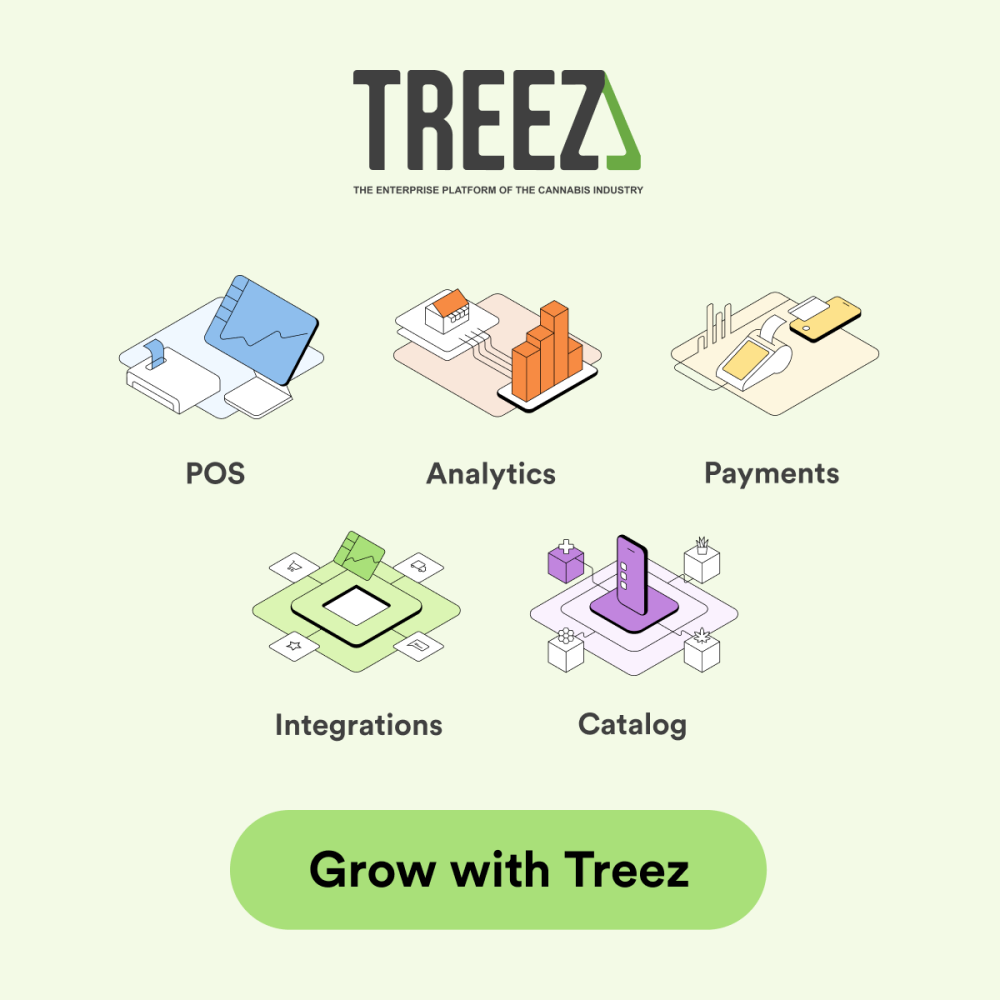The world’s leading resource for cannabis education, Leafly, completely re-branded and optimized their platform’s cannabis strain display. The Leafly Cannabis Guide aims to offer an even deeper understanding of cannabis. They’ve truly made a new visual language that redefines the way people learn about and discover cannabis.
The new guide goes beyond the physical attributes of “

The new Leafly Cannabis Guide can be found on the freshly rebranded website, and on the Leafly app. This new guide uses shapes, colors, and flower-like visualizations to simplify users’ cannabis search. Circles for CBD and diamonds for THC, and vibrant colors to echo the terpene profiles.
Combining scientifically verified data with over a million unique user reviews allows consumers access to key information necessary for every buying situation. Having immediate access to cannabinoid profiles, potency, dominant terpenes, and customer-reported effects effectively minimize any surprises.
Leafly Creates New Visual Language For Finding Your Ideal Strain

Respect My Region’s COO Joseph Brabo (@joeyjayping) spoke with Richard Maloney from Leafly at Hall of Flowers in Santa Rosa to learn about their platform’s big change. Maloney said they had to “rethink the entire Leafly brand.” He went on to say that more than anything, their intention was to “continue to build trust.” Mr. Maloney went on to say that “the foundation of the system we’ve built is our trusted lab partners.” Elaborating, Maloney said their principal research scientist, Nick Jikomes, P.h.D, has been tirelessly busy. Dr. Jikomes has been inking deals with labs across and North America and across the world in order to maintain quality standards for their strain analytics.
Leafly scientists currently work with a group of select labs. These include Confidence Analytics in Washington, SC Labs of California, CannTest of Alaska, ChemHistory in Oregon, MCS in Florida, PSI Labs in Michigan, and Anandia in Canada. Leafly will announce more lab partners later this year. Mr. Maloney made mention of some work they’ve been doing in Germany. “At the end of the day we’re putting the consumers first,” he said. “We want to make sure the information they’re seeing is completely accurate.”

They’re working to give increase consumers confidence that a strain’s chemical composition is true to its visual attributes. Richard Maloney told us the platform was built around users having tools that allow them to look deeper into a strain’s genetics. They should be able to say “let me dig, but don’t make me dig.” This way the cannasseur and the novice can access the same wealth of information in one location at their own pace.
9+ Years Of Data And Over 1 Million User Reviews

Richard Maloney brought up another exciting feature within the website and Leafly app where you can essentially “build your own strain.” Maloney said research has told us now that, “Blue Dream is myrcene dominant, Gelato is caryophyllene, and Dutch Treat is terpinolene.” This way, if you’re “at a dispensary, or online at home and you can build your own idealistic strain,” Maloney said. “People can start to add in the terpenes they want,” he said, it will then recommend the closest strain recommendations based on the preferences that you can legally purchase. By using colors, shapes, visual representations in conjunction with their scientifically-backed data ad 9+ years of user reviews this is a groundbreaking move in cannabis consumer education.

On the launch of the Leafly Cannabis Guide, CEO Tim Leslie said,
“as our understanding of cannabis grows, so does our need for a more sophisticated, yet intuitive language to help people navigate the very personal effects cannabis has. Highlighting the unique physiological effects it has on each of us, Leslie went on to say that “while indica, sativa, and hybrid are a starting point for understanding cannabis, this form of categorization doesn’t take advantage of our growing understanding of the various compounds found within the plant.” “Our team of scientists and visual designers have distilled this down to an intuitive visual language that will help people understand cannabis…whether [for] enjoyment or wellness,” Leslie said. “It’s an exciting step forward for those seeking cannabis.”
Legalization has made us able to find “unique chemical compounds that influence our experience,” said Nick Jikomes, Ph.D., Leafly’s principal research scientist. He said they made the guide to “give everyone the ability to visualize, learn, and apply information about the amazing diversity of this plant. We’re embracing complexity while providing simplicity.” By doing this, they’ve made the most comprehensive way to explore cannabis strains to date.









